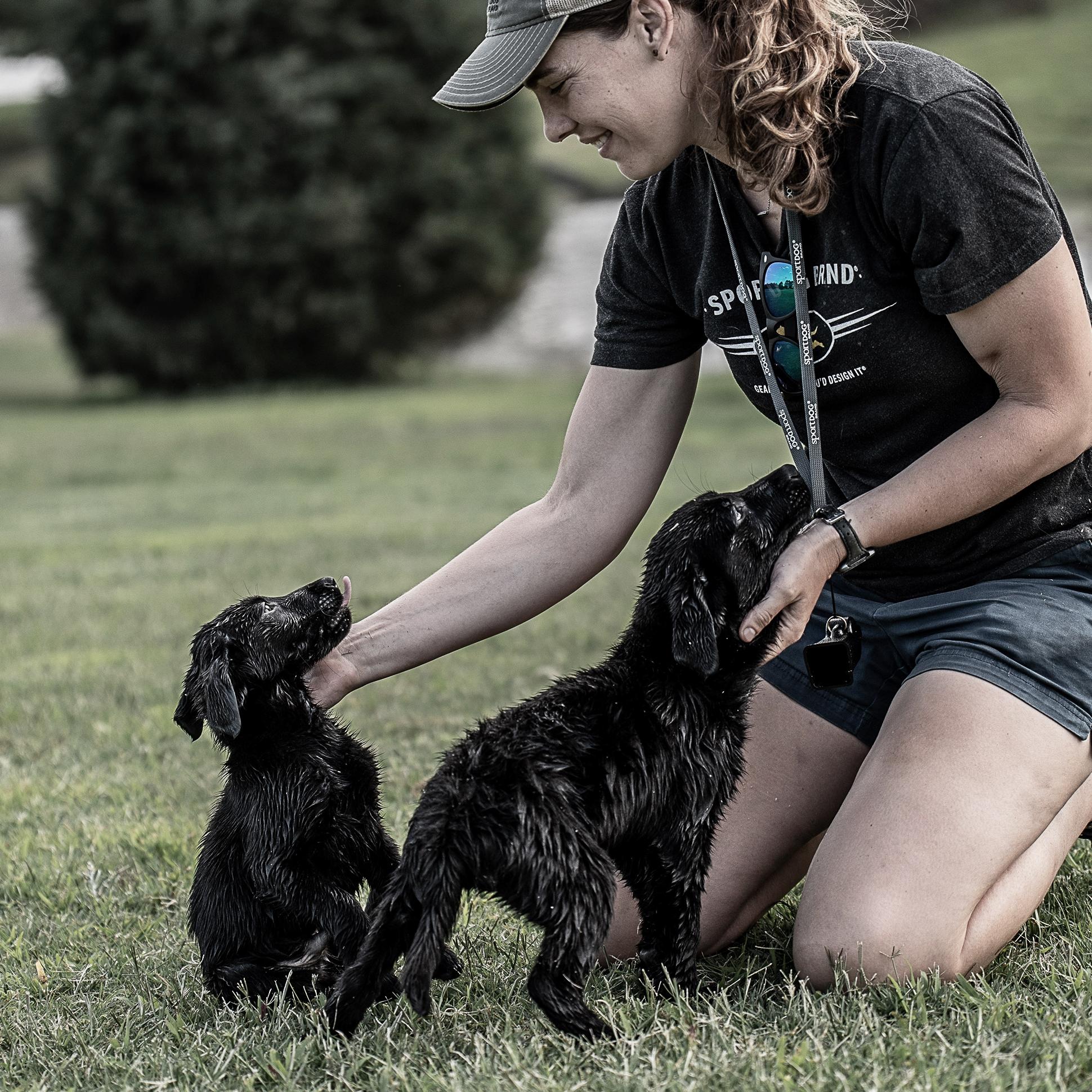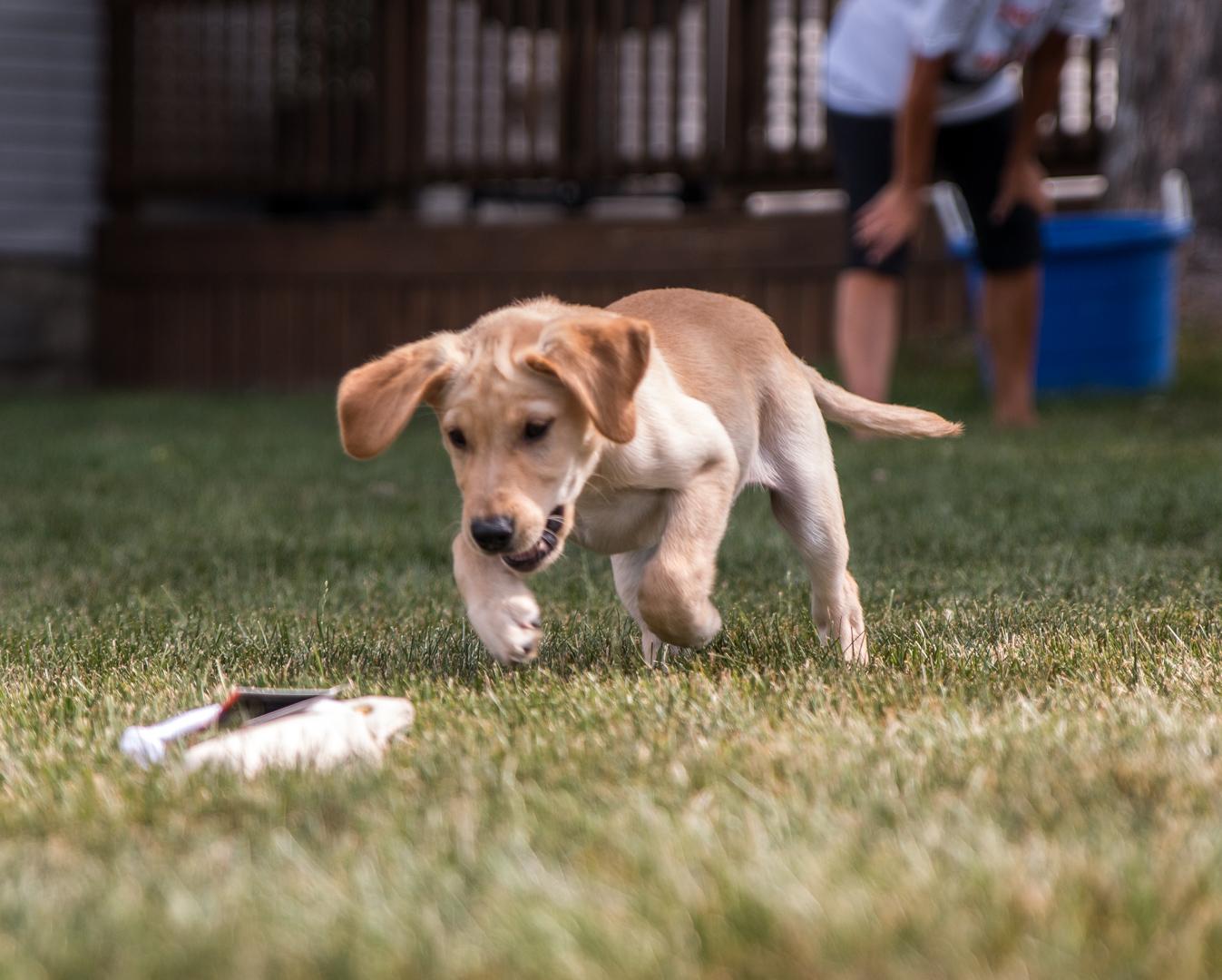
Don't Overlook Steady in Your Wetland Training Arsenal
Posted by The SportDOG StaffWhen you think of wetland hunting with your pup, the importance of water retrieves is probably the first thing that comes to your mind. Steady is also an incredibly important command for a waterfowl dog. As we all know too well, the sport takes patience for yourself and your dog. Make sure you’ve prepared him for the hunt by working on steady through the following scenarios:
1. Train on Multiple Surfaces
In many circumstances, hunting is an exercise in adaptability and your dog needs to be prepared for a variety of circumstances. One day, he may find himself perched on your boat, and the next on top of a nice stump, or under a blind. For this reason, it is very important that he learn how to steady on a variety of surfaces. Make sure your pup gets practice on stumps, flat surfaces, in a blind, on a boat…anywhere you think he might need to be on a day out.
2. Expose to Different Durations
It’d be great if we knew going out how many ducks we were going to shoot and how often, but we don’t. Your dog needs to be ready to spend a good chunk of time on steady. You can’t expect him to get out and maintain the entire hunt if you’ve not taught him the expectation before getting out.
3. Steady to Shot
This can be a very hard one for exceptionally birdy dogs, but it’s necessary to ensure all your pups are safe and accurate in the field. Your dog may want to spring into action as soon as the gun shot is fired (they have a lot of confidence in your ability to bring something down) but they need to wait to retrieve until you have released them. This is easy enough to practice at home. If you have the ability, just go out and shoot, but only throw a dummy for retrieve every 5 or 6 shots or so. If your dog has trouble releasing before commanded, leash him up and unleash as you give your command. If you don’t have the land to be firing, there are great tools out there you can purchase to simulate gun fire.
4. Work in Water
Being a wetland hunter means your dog is going to get wet. Now, you’re thinking “thank you captain obvious, I had that part figured out”, but there’s more than just water retrieves. It may be necessary for you and your dog to take to the water. When training around water, make sure you take some time from the retrieves to steady in the water.
5. Work on Honoring the Retrieve
When you and your buddies are out with your dogs, it’s very important that all dogs are trained to honor the retrieve. This means your dog does not need to go until he or she specifically is released. To train on this, try a group training session. Have your hunting partners come over with their dogs and work on steadying until it’s time to retrieve. Add some real-world simulation by firing some guns. As when teaching your dog to steady to shot, only throw a dummy every few shots, and then release one dog on it. Any that are having trouble honoring should be leashed and released when given the command.
Training in these situations will help you and your pup have a more successful season. What other tips do you have for training to steady?
Related Articles

Finding Your Perfect Retriever Puppy - Video
by The SportDOG Staff
In this SportDOG Training Tip (originally aired on Pheasants Forever TV) SportDOG Brand Senior Pro Staffer Chris Akin walks you through selecting a puppy. Akin discusses the pros and cons of owning, hunting and training females dogs versus males.

Where to Begin with Puppy Training
by The SportDOG Staff
There are several different things that need to be done for and with a new puppy. First and foremost make sure all pup’s shots are on time and up to date. Find a local veterinarian and set up an appointment for your new companion. This is one of many places you...
